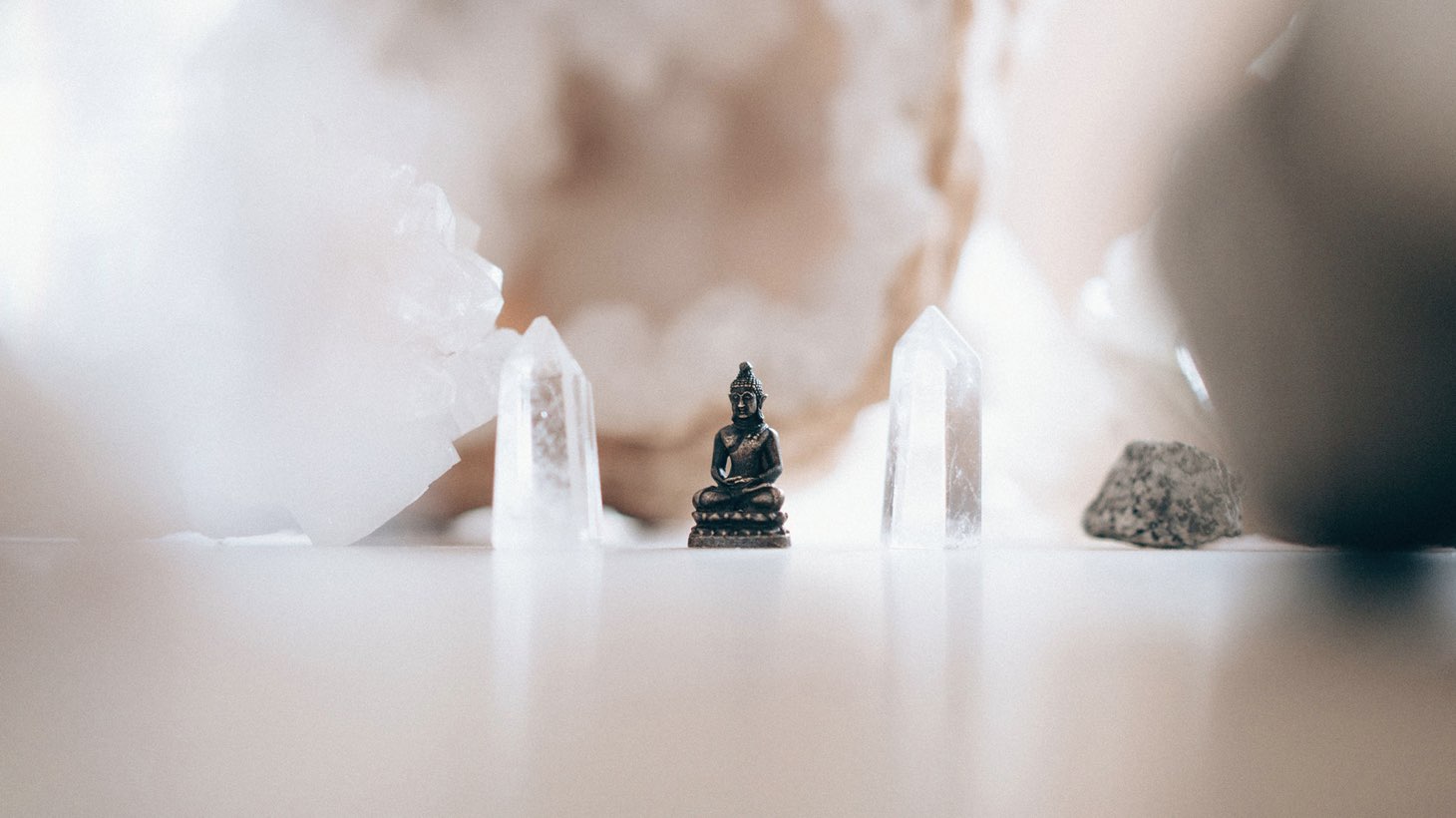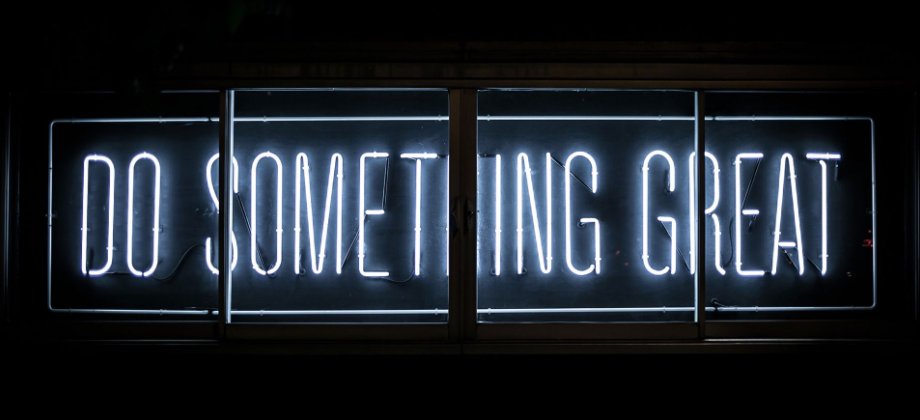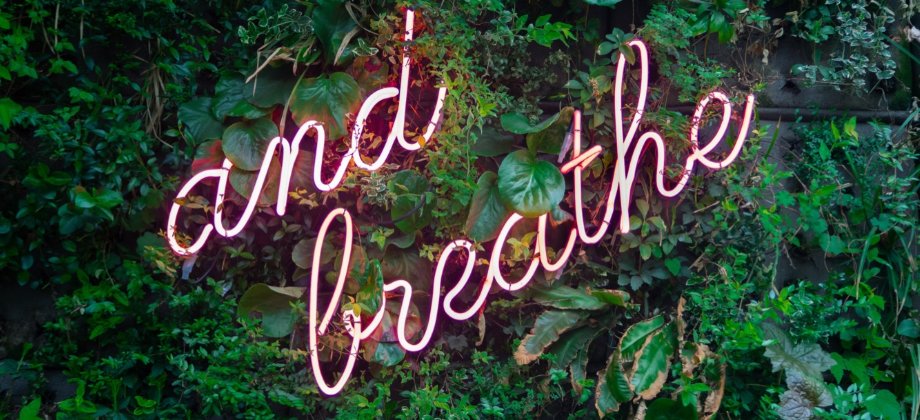
The Evolution of Today´s Yoga Teacher
Before the big bang of the yoga industry as we know it, the practice of Yoga was a family affair. Indian Families gathered every morning as their eldest and wisest led the session in the ways he learned it from his childhood. No type of yoga, no certification to teach, just insights from a wise old man or woman. Each household with its own universe for wellbeing. But like most peaceful places, outside forces hit and world´s change.
...what can we do as teachers to stand out?
Fast forward to today. Yoga is a whopping $80 Billion dollar industry worldwide. There are yoga products to sell for every facet of life. From creating followers to creating teachers, this business isn’t just growing upwards it is spreading like the roots from a great forest interconnecting with each other. At this rate, it poses questions for the new teachers. Will market saturation pose as a threat? Moreover, what can we do as teachers to stand out?
1. The Teacher You Are and the Teacher You Want to Be
In the 18th Century, Yoga was developed as a way to bridge the gap between Indian and British colonial culture. While Yoga was originally a meditative practice, a militarised practice, which was eventually developed into a physical regimen as a way to break Indian stereotypes during the British colonial rule. Looks like it worked because these days Indian culture has enriched the entire world and formed an international following. What was done to bridge that gap? People Adapted. One must in order to survive. How do we do that? By looking at what we bring to the table first and then plan our next move. In business, a SWOT analysis is usually included in a business plan. Since a yoga instructor´s tool of trade is his/her body, doing the same seems natural. Really analyse what you have to offer. Include the bad points so you can rectify them. Once we are done with this then we can foresee the road ahead. Next, we need to visualise the future of our career. I have recently used Pinterest to make a vision board to look at whenever I’m on that app. For me, it serves as a guide to what I generally want out of my professional life. Note that the vision board will transform into something maybe completely different from your original thought. It´s not what´s on it, it’s the act of making it and using it as a reminder that you have made a map for yourself.
2. Who Do You Want to Teach? Be Specific
In the early 20th century, Krishnamacharya (the Father of Modern Yoga) was a teacher who focused his rigid Ashtanga Vinyasa practice on active teens or people who were generally fit except one. His Brother-in-law, B.K.S. Iyengar. This boy was a sickly teen who, despite his condition, performed very well. Enough to impress his superior, enough to develop his own style. The students B.K.S. Iyengar was assigned to teach were women moreover, boys who like him, were frequently unwell.
Ask yourself, who do you want to teach? Don’t just say children, men, women, etc. that’s too broad. Make up a character. Don´t worry there will be a group of people who will want your classes.
So he decided to use props to help his students in achieving the poses while focusing on alignment. Less dynamic than his predecessor but well in the service of his pupils. There will always be students coming in. The thing is, if you try to cater to everyone, you end up with no one. A lot of teachers make the mistake of going as broad as they can to reach the most people. That´s a mistake. These days and as you can see, even back then, having a clear target market or niche is a better option as a teacher. Ask yourself, who do you want to teach? Don’t just say children, men, women, etc. that’s too broad. Make up a character. Don´t worry there will be a group of people who will want your classes. For example, my target market is people who are looking for an inversion based class with a Cirque component as I am an Aerial and Vinyasa yoga instructor. Once I started focusing my attention on all this, the clients started coming in. People who have been looking for my type of yoga for years. If you build you, they will come.
3. Choose Your Education Well
In the 1900´s, when yoga was in the pioneer phase, there were very few teachers. Not everyone had access to Mysore yoga college in India. Not everyone could be Indra Devi (first woman yoga teacher). According to the book Your Body Your Yoga by Bernie Clark, before the 1980´s Teacher Trainings were rare. Yoga teachers trained by coming to class on a regular basis. When their teachers saw that their progeny was ready, they would ask them to substitute a class or two until they were given their regular group. I imagine a master-and-the-grasshopper relationship in this scenario. Now, with knowledge literally available at your fingertips, Teacher trainings can be found anywhere whether you want it or not (#adsense). It´s very overwhelming. So now that you’ve made your career blueprint and have dreamt up your dream client what’s next? You look for the appropriate training to make it happen. Believe me, it’s out there. It just takes a while to find the right fit. Proceed with caution though, more Information also means more scams. Invest in your education conscientiously by choosing the most compatible to you even if it’s not the cheapest. If there’s one thing you shouldn’t be stingy on its knowledge. I chose Vinyasa and cirque with a fitness-focused yoga practice. As a result, I saved for 2 years to acquire my BRYCE yoga certification. It was wonderful and totally worth my time. I learned the hard way with Cirque though. I trained with a very disorganised TT to say the least. Up to this day, I feel like I was robbed. To rectify this, I have just finished planning out my training year for cirque with my chosen schools. You live you learn.
4. Take Inspiration from Other Forms of Movement
In the 17th century, Yoga was not as fitness-based as it’s known today. There used to be 84 postures according to the Gheranda Samhita. Older texts pointed out a mere 15 poses. Most of them were seated or on the floor as a backbend. That changed in the 18th to pursue policies of conciliation towards native Indian culture. Back then a more physical culture namely Gymnastics and military callisthenics were in fashion so Indian and European public officials encouraged the adaptation of a more acrobatic or dynamic form of yoga to mix the two cultures as mentioned before. This shows that Yoga isn’t as undiluted with western influence as we think. Today there are thousands of postures, taken from every discipline. For example, take the pose flip dog or wild thing. The Sanskrit name is Camatkarasana. According to Alanna Kaivalya PhD, this pose didn’t even exist 10 years ago. What does this say? Yoga evolves through its people and vice versa. As we find our style as a teacher, we should find inspiration in and out of our practice. Study other forms of movement, different disciplines, See what else is out there because you’ll never know what you can take home with you.
5. Don't Be Afraid to Start Something
I am a very big fan of Cameron Shayne´s work. He is a pioneer in contemporary yoga and mixed martial arts during the 90’s. As the founder of Budokon, movement in animal locomotion, he has etched his name into the history of yoga. Without him, we wouldn't have Animal Flow by Mike Fitch, Or Ido Portal might not have created the movement culture that we know today. One man’s vision created a butterfly effect that has enriched humanity. He set the scene for fitness-focused yoga practitioners. So who was he before that? Charlie Sheen´s former bodyguard and a person with a dream. A notion which he let progress into something bigger than him. You´ll never know. when or whom inspiration touches. But you have to be open and you have to keep showing up to the plate. So keep studying, making focus groups, etc. Who knows maybe you’ll be the next ‘it’ yogi.
6. Be Kind to Yourself and Never Forget What You, As You Are_Bring to the Table
This last part will not be a history lesson because we are going to talk about the X-factor. That je ne sais quoi, your mojo, ‘yo thang, whatever you want to call it, it is what makes you special. There are two arguments on this; first being that not everyone has it, Second is that it exists in everyone but you have to look for it. I believe in the latter. Not everyone may have the natural instinct to be above the crowd, though I’m sure that if you want it enough, you’ll get there. I was a natural as an English teacher. I was very comfortable with my level of skill that to present a good class. When I switched to Yoga, that was when my stage fright hit. I didn’t have a strong inversion practice, I had to train very rigidly to be up to scratch with the different levels of my students, in short, I was insecure of my ability as a wellness giver. For months I shied away at some opportunities. I believed that I didn’t have enough experience to teach a workshop as a starter teacher. It was my husband who reminded me that I was enough. That I had a certain calm that I bring to the room that puts people at ease. Whatever skill set I had, I could work with but that tranquillity in myself was what people looked for in a teacher. True or not, I believed it until one day a student said the same words Ivan had told me months ago. You finished your trainings, you never stop being a student, you show up. In turn, you have people who believe in your teachings, you have students coming back, which means you have made a community. That is enough. You are enough.
You finished your trainings, you never stop being a student, you show up. In turn, you have people who believe in your teachings, you have students coming back, which means you have made a community. That is enough. You are enough.
So to summarise this long post: First, draft a blueprint for your career, whether you free write or use vision boards, make something that serves as a reminder of your objectives. After that, think of your perfect client. What will you bring in your class to help them? Invest in proper training you’ll reap the benefits later. Try other disciplines and take inspiration from them in your current classes. Don´t be afraid to explore on where your dream can go. Dream big. Lastly, never forget that your uniqueness is what makes a stand, Yoga teachers create communities. So get up and make yours.
The Chronology of the yoga practice is filled with many facets. From its purest form to surviving British rule, making waves to the western hemisphere and the fusion of different disciplines into practice as we know it today. One thing is for sure, for yoga to survive it needs to adapt, to thrive it needs us to keep pushing boundaries.
Hope this serves you well yogis!
Links and References:
- QZ: India’s oldest yogini says you’re doing yoga wrong if you’re working up a sweat
- Huffington Post: How We Got Here: Where Yoga Poses Come From
- Elephant Journal: Early History of Asana
- The Sociological Yogi: THE ORIGINS OF YOGA: PART III
- The Yoga Channel: A brief history of modern yoga
- Your Story: How the $80 billion business of yoga is a win-win game for mind and pocket
- Tint Yoga: Cameron Shanye
- Revolution Yoga: Interview with Budokon Founder Kancho Cameron Shayne







